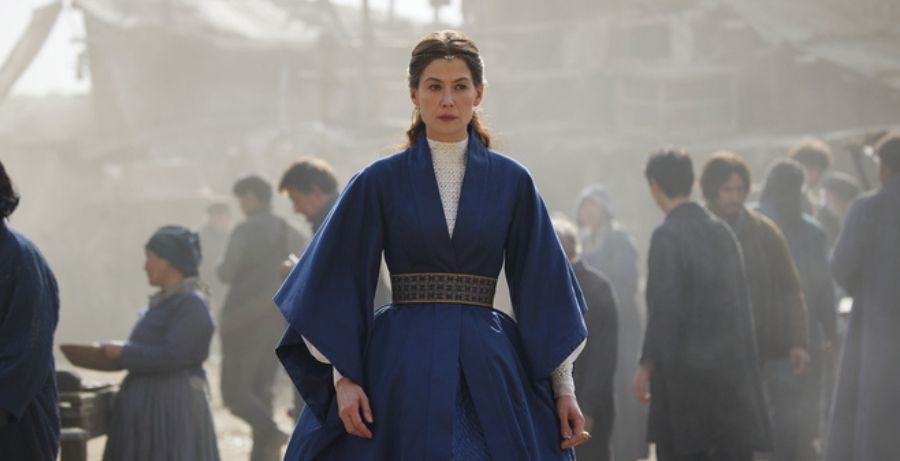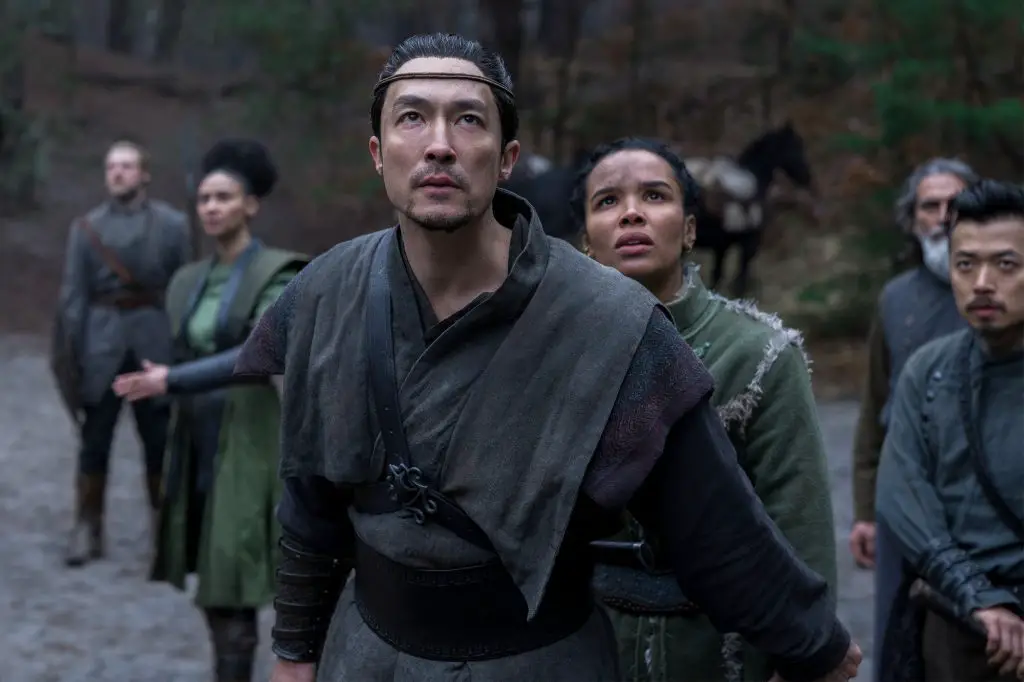In the realm of fantasy storytelling, The Wheel of Time’s second season stands as a testament to the evolution of narrative prowess. With directors Sanaa Hamri and Thomas Napper at the helm, season 2 dives deeper into Robert Jordan’s vast universe. This shift is more than mere progression; it signifies an artistic metamorphosis.
The Departure from Season 1: An Enhanced Vision
From the outset of season 2, there’s a clear departure from the narrative framework established in the inaugural season. Rather than simply continuing Jordan’s 14-volume saga, the creators seem to have infused it with their unique flavor. This innovative approach not only streamlines the plot but introduces audiences to a diverse range of characters and gripping scenarios from Jordan’s masterpiece.
As cited Hamri offers insights into the transition from the first season. She opines:
“Yeah, I think season 1 was really focused on meeting the characters and getting to know these young adults who are struggling with you know, the dark forces are coming, and it’s a big introduction. I think with season 2, we meet our characters and we find them completely scattered and then we go on these journeys. Therefore the scope of the show and the world is opened up as we travel and we’re in the perspective of each of the characters. So I think it’s very special that way. There’s a lot more action, there’s a lot more danger and decision-making that I feel like the characters have to struggle through. So there’s so much that bounces off of the great groundwork that season one has.”
Supporting this perspective, Napper touches upon the profound growth the protagonists experience, emphasizing their journey from the sheltered environment of Two Rivers village. Their separation leads them to face internal and external complexities, pushing them toward profound personal discoveries and growth.
Delving into “The Great Hunt”: A Fusion of Stories
The series aligns itself with “The Great Hunt”, the second book, and exhibits a narrative explosion. It harnesses elements from the subsequent book, “The Dragon Reborn”, culminating in a narrative that’s both wide-ranging and meticulous. The ingenious tactic of melding aspects from the third book is the brainchild of showrunner Rafe Judkins, ensuring a story that captivates and flows seamlessly.
As the plot unfolds, the central characters find themselves in situations that shape their essence. They confront the uncertainties of the new world, and this transformative journey, highlighted by the directors, stamps season 2 as a fresh and invigorating chapter.
Season 2: A Synthesis of Maturity and Brilliance

Season 2 of The Wheel of Time is more than just a sequel. It’s a symphony of mature storytelling, intertwining detailed character evolution that surpasses the series’ literary roots. The season is a harmonious blend of the past and present, revamping narrative arcs into immersive stories filled with depth and intricacy. As fans, we eagerly await the next episodes, anticipating a series that has flourished into a narrative promising intensity, thrill, and unceasing magnetism.
Conclusion
The Wheel of Time’s second season is not just a continuation but a testament to evolved and intricate storytelling. With Hamri and Napper’s visionary direction, the series delves into deeper narratives, introducing audiences to a more profound realm of Robert Jordan’s universe. It showcases a beautiful blend of the familiar with the new, leaving audiences eagerly waiting for the unfolding of this grand tale.


